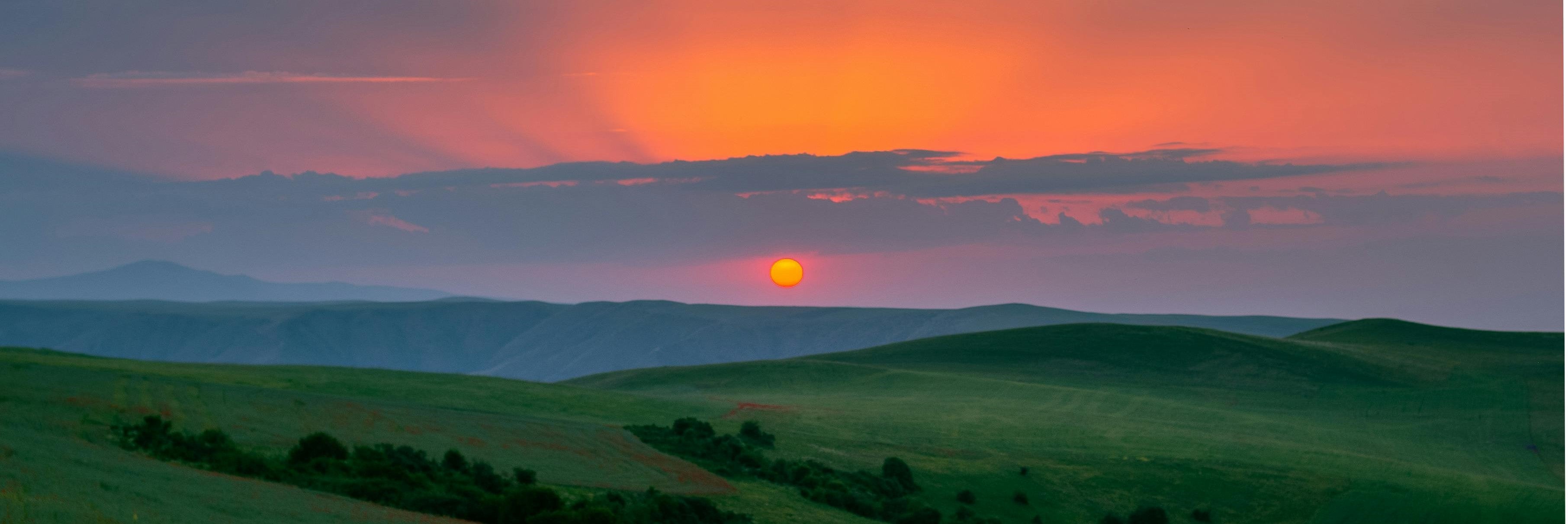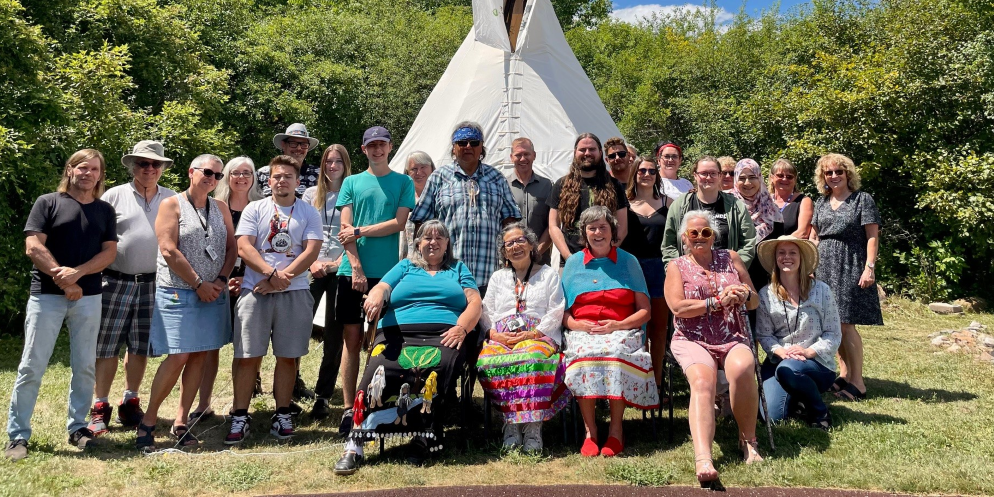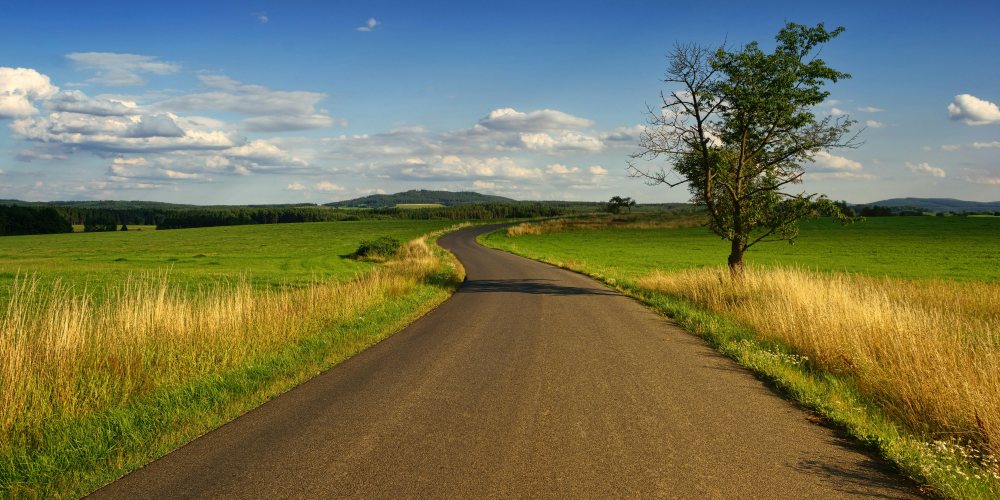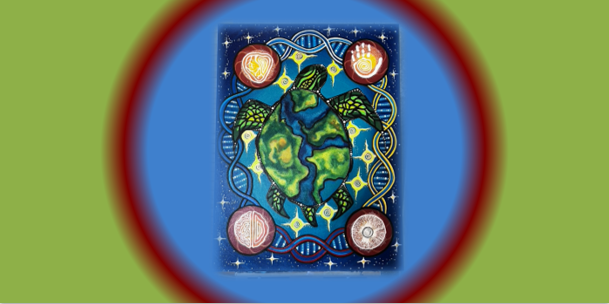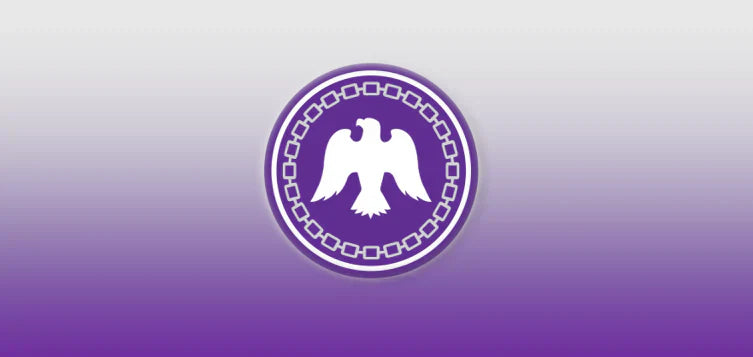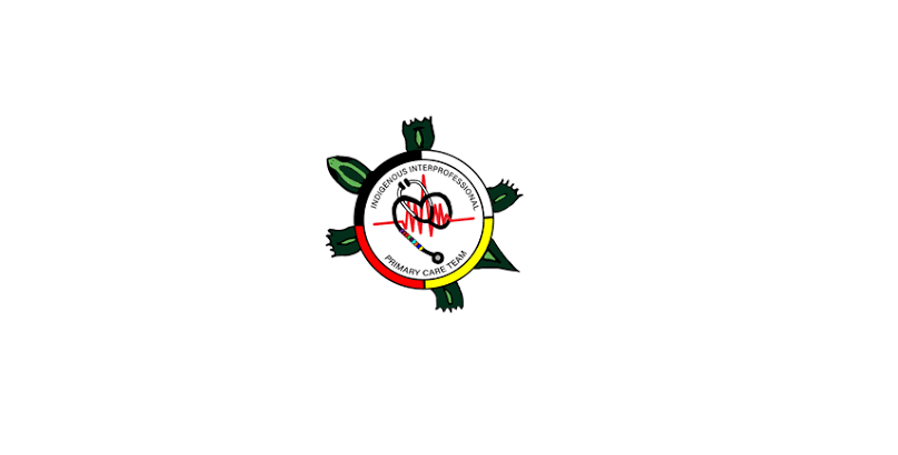Together we are building a system that recognizes the importance and value of Indigenous health practices being offered and available for Indigenous Peoples.
We know this will take time - building relationships and trust, and demonstrating meaningful, honourable, and respectful approaches. We are committed to engaging with Indigenous Peoples and community members in a good way, using Indigenous teachings and tools, and building stronger partnerships between FLA OHT members and Indigenous Peoples: patients, families, health workers, and volunteers.
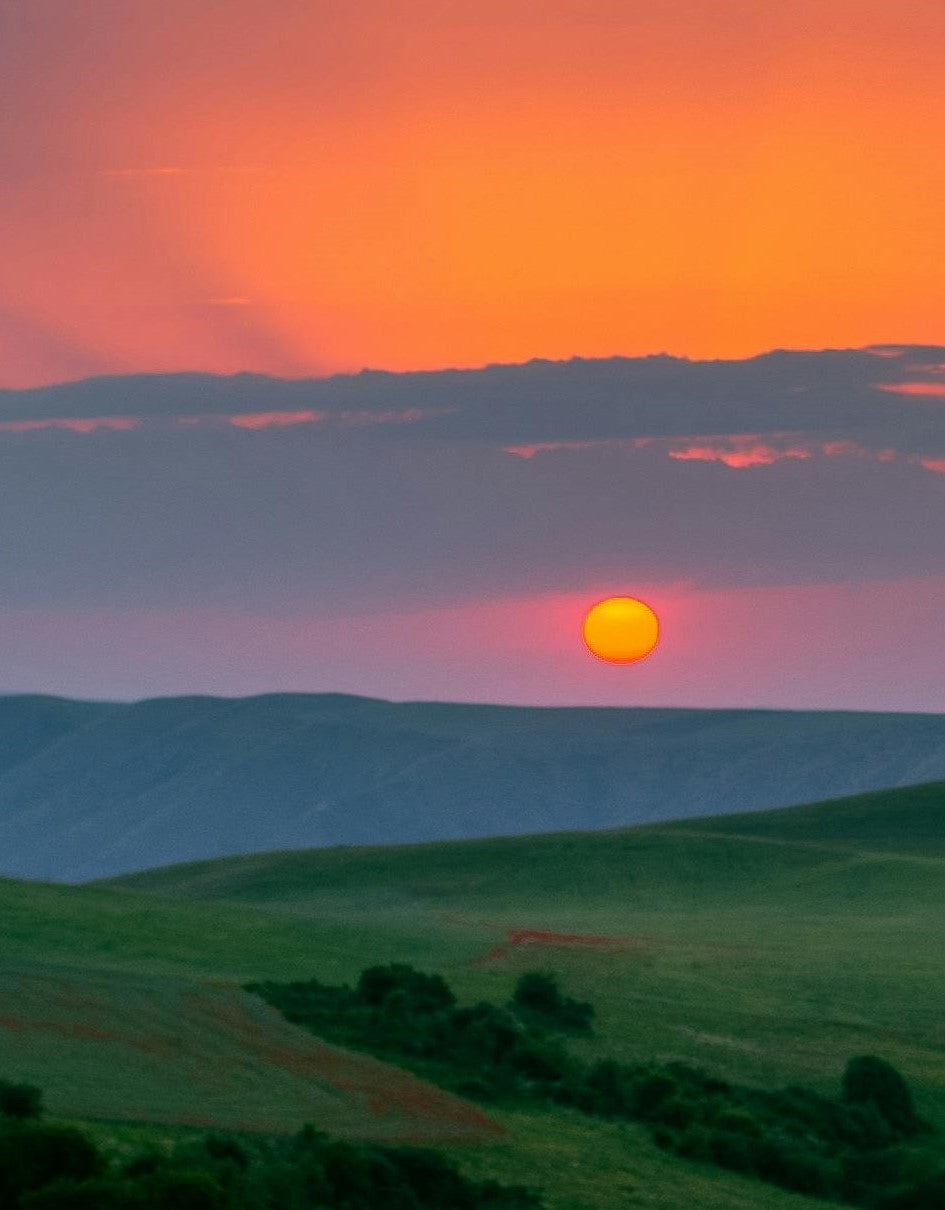
FLA OHT Land Acknowledgement
With deep respect and humility, we acknowledge the FLA OHT is located on the traditional territories of the Anishinaabe, Haudenosaunee Huron-Wendat Nations, as well as those rural and urban Indigenous community members including Métis, Inuit, and other First Peoples from across the Turtle Island.
We stand upon land that carries the footsteps of Peoples of Indigenous ancestry who have been here for thousands of years. We have an opportunity to learn from each other, improve relationships and promote respect for the past, present and future. We are thankful to share, learn, work, play and grow on these lands as we work together to build a new health-care system that will be inclusive and equal for all.
This land acknowledgement - created with Indigenous community members - is meant for our website and documents, where appropriate.
Make your land acknowledgement personal!
The FLA OHT encourages a move away from reading the above written land acknowledgement at gatherings and towards giving a personal land acknowledgement, as a more meaningful way to honour Indigenous history, past and present. Best practice tips:
- Keep it concise, heartfelt and authentic: Aim for brevity to maintain sincerity and avoid sounding rehearsed.
- Stay flexible: Adapt your acknowledgement based on the context and audience. Allow it to evolve as your understanding deepens.
- Practice and reflect: Practice delivering the acknowledgement with sincerity and respect. Reflect on its impact and adjust as needed.
Indigenous Primary Heath Care Council
- The IPHCC has created guidance to help you develop a meaningful land acknowledgement. Visit the IPHCC website to learn more.
Two Row Wampum
In this video, Rahswahérha Mark F. Green describes the importance of the Two Row Wampum as a foundation for the treaty relationship between Haudenosaunee peoples and European peoples in a presentation he gave to the FLA OHT Community Council. He discusses the importance of these treaties for reconciliation, especially in the area of health care.
Acknowledging and respecting Indigenous concepts of health and wellbeing
We are working together to build a system that recognizes and offers Indigenous health practices for Indigenous People.
We are committed to engaging with Indigenous Peoples and community members in a good way, using Indigenous teachings and tools in our work, incorporating the community’s suggestions and building stronger partnerships.
We respect these Indigenous concepts as we work together to create a health-care system that is inclusive and equal for all:
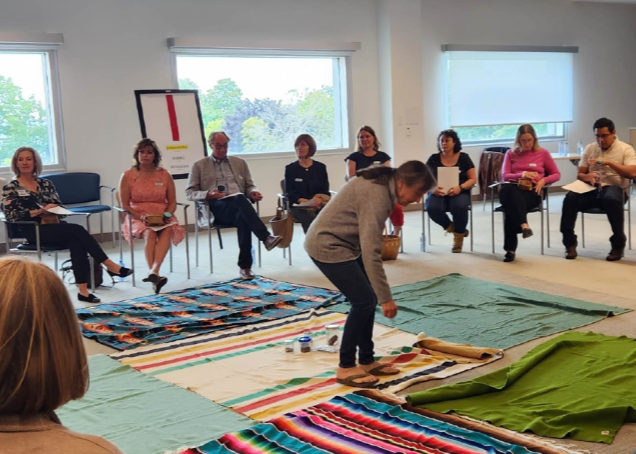
Documents to deepen your understanding
FLA OHT Efforts Toward Advancing Indigenous Health Equity & Centering Indigenous Perspectives and Priorities
This report outlines the initiatives taken during 2020-2025 to advance Indigenous health priorities (May 2025, 14 pages). Download the Report.
Toolkit of Indigenous-focused approaches and evaluation indicators for health systems
A literature review based resource for FLA OHT work to consider Indigenous Peoples needs in a meaningful way (Nov. 2023, 235 pages). Download the Toolkit.
Indigenous Voices Report
Insights gathered from Indigenous community members are responded to with action and support from FLA OHT leadership (Feb. 2021, 11 pages). Download the Report.
News - Indigenous Initiatives
Centering Indigenous perspectives: two 2025 reports
September 2025. We are happy to share two 2025 reports, which explore different aspects of collaboration between the FLA OHT and Indigenous partners.
Celebrating Indigenous art unveilings across the region
September 8, 2025. As part of Indigenous Health and Wellness Strategic Advancement, Indigenous works of art are being unveiled at FLA OHT partner health-care spaces across the FLA region.
Learn more about Personal Land Acknowledgements
July 2025. To develop your personal land acknowledgement you could ask yourself these questions and explore these related resources.
Update: Indigenous Health & Wellness Strategic Advancement in KFLA
February 27, 2025. We are please to share Key Updates and Next Steps on this initiative which focuses on advancing Indigenous health equity and continues through to the Spring of 2025.
Indigenous Health and Wellness Strategic Advancement in KFLA
August 22, 2024. FLA OHT collaborated with partners, Kingston Community Health Centres and Three Things Consulting, on an innovative Indigenous-led project aimed at enhancing health outcomes for Indigenous Peoples in our communities.
Partner spotlight: Indigenous Health Council
June 14, 2024. Enhancing Indigenous health and wellness. The IHC also aspires to a health-care landscape that embraces holistic care, addressing the mental, spiritual, social and emotional aspects of health as much as the physical.
Partner spotlight: Ardoch Algonquin First Nation
June 12, 2024. The of the Ardoch Algonquin First Nation through in the FLA OHT is crucial; they are helping bring diverse Indigenous voices, knowledge and lived experience to the forefront of health-care discussions.
Partner spotlight: Mohawks of the Bay of Quinte
June 10, 2024. The Mohawks of the Bay of Quinte (MBQ) is a community deeply rooted in the Kanyen’kehá:ka (Mohawk) culture and tradition. MBQ are also an important member of the FLA OHT, bringing invaluable perspectives and insights towards our vision.
In conversation with the Indigenous Interprofessional Primary Care Team
August 17, 2023. Explore our partnership with the Indigenous Interprofessional Primary Care Team (IIPCT), a regional team dedicated to providing culturally safe and holistic primary health care for Indigenous Peoples.


